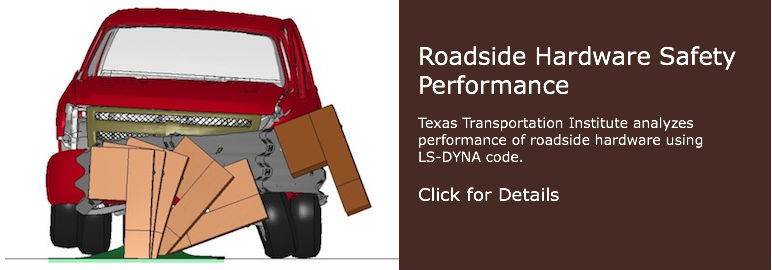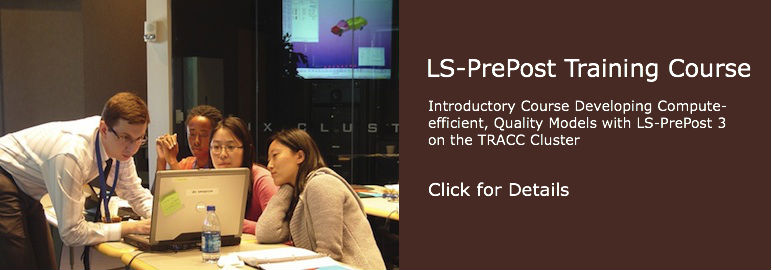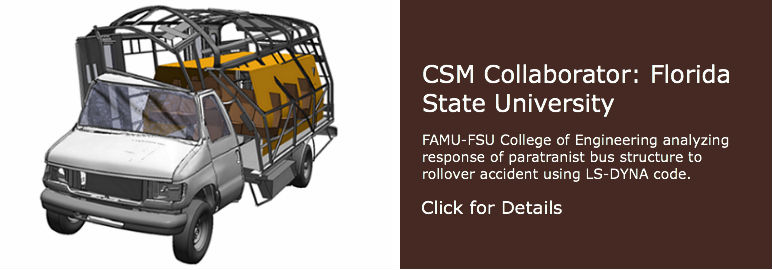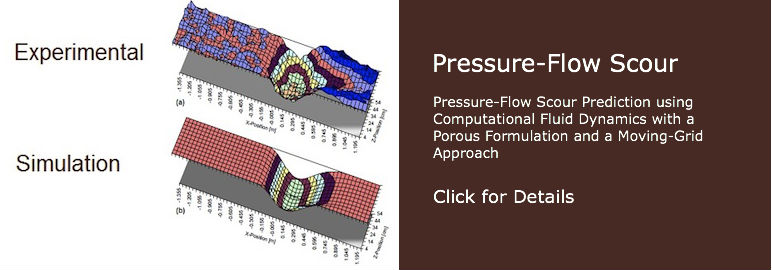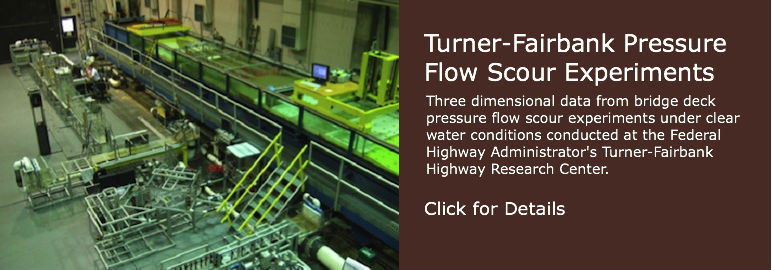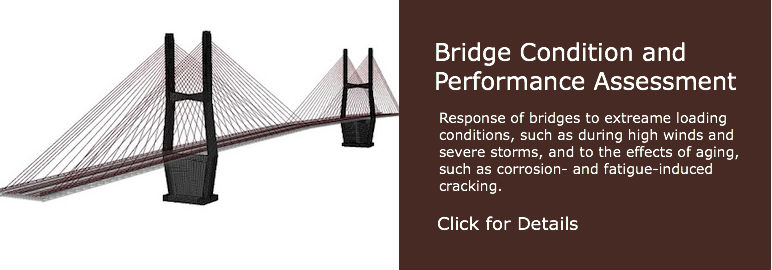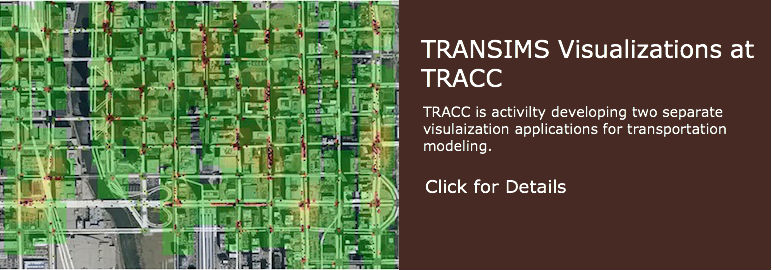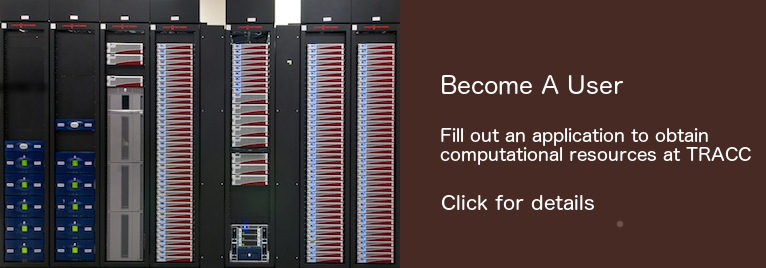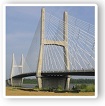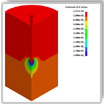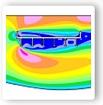Important News Concerning System Upgrades
April 6, 2016
General Phoenix Upgrade- On Monday, February 4, 2018, TRACC will be decommissioning the old Phoenix nodes. New faster nodes will be brought online on the cluster that we now refer to as Phoenix 2. Phoenix 2 will not only have faster nodes but will also run on a new file system and will run CentOS 7.4. This may require some minor changes to your programs to run properly, but will result in a much faster computing environment being available to you. Wally Nowakowski and Cezary Bojanowski will be available to help with this transition, and with testing on the new platform in advance of this transition between systems.
We will setup a reservation queue on Phoenix to prevent jobs running beyond the above deadline. For example, a job queued on February 3 with an expected run time of 2 days will not start execution at all. This approach will ensure that all jobs that had the opportunity to start during this time period will run to completion, but the remaining jobs will not be started at all and will have to be started on PHOENIX 2 after the transition. We do not expect a need to forcefully terminate jobs due to the transition between the systems. Once all jobs have completed and no new jobs are starting up, we will shut down access to the old PHOENIX system and transition the files to the new filesystem.
Users are encouraged to test their models/jobs on Phoenix 2 as soon as possible, ideally before the actual transition. Any of the changes made on the new Phoenix 2 file system made prior to the transition should be considered temporary and will be discarded as part of the transition. That means anything you did for testing on the new Phoenix 2 system (e.g. results from tests you are going to run in the next few weeks on the new hardware) will be wiped out and replaced with the production files that you had on the old Phoenix file system at the time of deactivation. If needed, specific arrangements can be made with Wally Nowakowski to retain specific folders on the new Phoenix 2 file system if reverting all data to the state of the old Phoenix system is a problem.
At this time, we have already transitioned your old Phoenix filesystem to the new machine at some point in the recent past, so when logging in, you will find many of your files as they were at that point in time (this may have been done a few months ago). We will use synchronization software to bring the filesystem up to data based on your final Phoenix 1 files, so we don't expect this to take very much time. While files are being transitioned, you may not be able to login to either of the two machines.
Again, if you feel that you need to coordinate any of these activities with Wally, please contact him ahead of time to make this a smooth transition.
